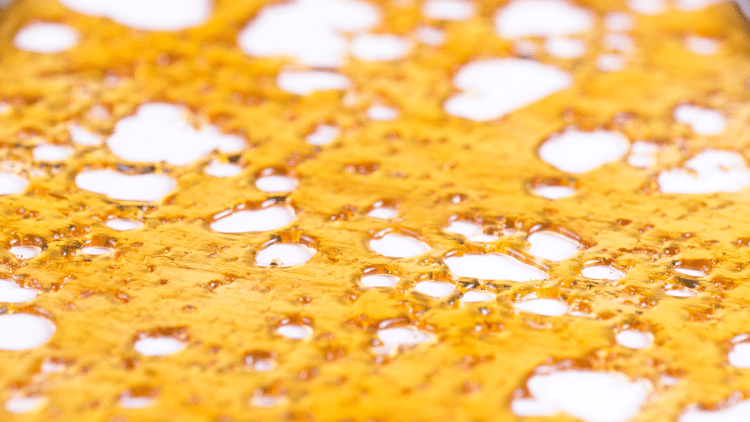Making shatter with supercritical carbon dioxide (CO2) is becoming more popular among extractors. This is because the demand from consumers for CO2 shatter has increased over the past several years. Consumers are becoming more conscious about what they consume. CO2 shatter is a high-quality extract that’s suggested to be safer than products extracted using butane, propane, or other potentially harmful solvents that may leave trace amounts in the final product.
Many extractors are choosing to make shatter with supercritical CO2 because its top-quality commands a high market price, making it quite profitable. The process of making shatter with supercritical CO2 can vary slightly between extractors, but the principles will always remain the same.
How to Make Shatter with Supercritical CO2
This process comes to us from Apeks Supercritical, a leading manufacturer of CO2 extraction systems. The method of using supercritical CO2 to make shatter can be done using other CO2 extraction systems, as well.
Step 1 – The process begins by filling the extraction vessel with dried plant material, which can be cannabis or hemp.
Step 2 – The Apeks system will then pump CO2 into the extraction vessel using specific settings that manage a consistently low temperature and low pressure. These precise settings transform the CO2 gas into a liquid, which is used as the extraction solvent.
Step 3 – After the gas is transformed into a liquid, it extracts the cannabis or hemp oils. The oils and the CO2 are then both pumped into a separator vessel. The decompression stage transforms the CO2 back into a gas, thereby removing it from the oil.
Step 4 – The extract moves through the decompression stage into the collection vessel. Some of the extract sticks to the collection vessel walls, which can be scraped off later and used to make shatter. Most of the extract falls into a collection cup.
Step 5 – Once collected, the extract is then placed in a vacuum oven at 100°F for 15 to 20 minutes.
Step 6 – Once heated, the extract is then poured over an oil-slick surface to cool. As it cools, the extract will flatten out naturally before it gets folded several times to flatten it even further.
Step 7 – The flattened extract is then left to cool completely. The final product left behind is a thin sheet of shatter.
That’s all there is to it. Because the CO2 gets converted back to a gas, it evaporates off, leaving behind a pure extract without residual solvent. The process takes time and skill to master, but as more consumers demand cleaner products, more extractors are starting to think that the mastery of this process is well worth the investment.











